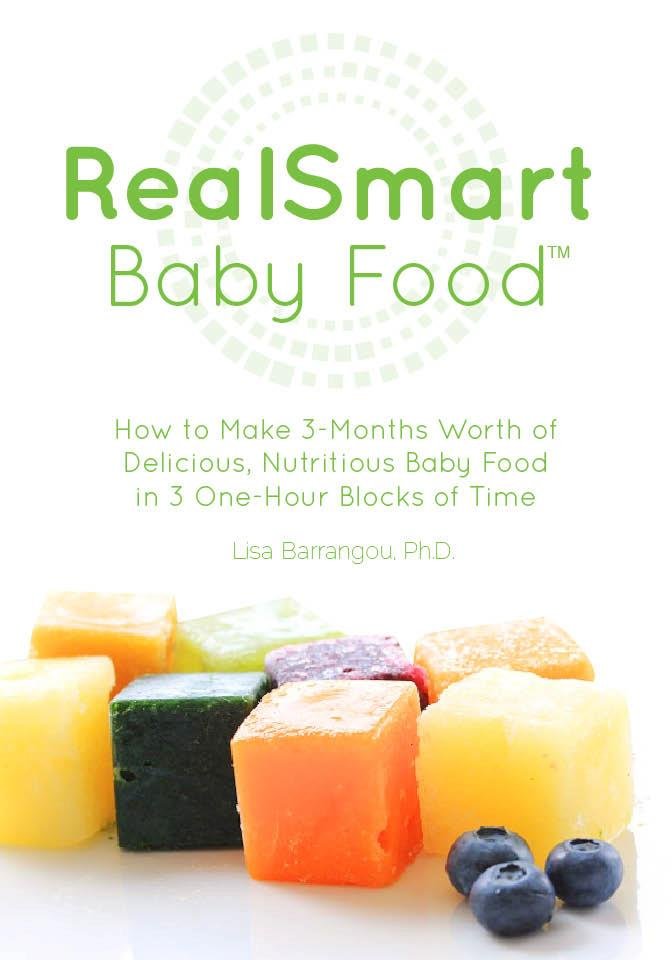Several months ago, NPR published the results of a study revealing where and how Americans spent money on booze. Using figures from the U.S. Bureau of Labor Statistics, they examined the ways in which our alcohol spending habits have changed since 1982. The conclusions were interesting, and some were unexpected.
As a nation, we spend 1% of our disposable income on alcohol. That amount hasn’t changed over the past three decades. We drink roughly the same proportion of beer (47.7% today vs. 48.9% in 1982). However, wine purchases have increased from 16.2% to 39.7% of the total, while consumption of hard liquor has declined from 34.6% to 12.6%—despite the current explosion in the cocktail culture.
Where we make our alcohol purchases has changed as well. In 1982, Americans bought 76% of their booze at retail stores, and 24% at bars and restaurants. Today we consume 40% in bars and restaurants, and buy 60% in stores. Despite the rocky economic times of the past few years, when the public was supposedly purchasing more alcohol at retail and drinking it at home to save money, we still allow ourselves the indulgence of going out.
Here’s the really interesting part: prices. Over the past thirty years, prices in retail stores have declined 39%, while tariffs in bars and restaurants have increased by 79%.
There are a number of reasons for this dramatic increase. Labor costs have exploded, and there are now far more sommeliers and mixologists than there were in 1982; someone has to pay their salaries, and those costs tend to be passed on to the consumer (think all those tattoos, leather vests and fedoras come cheap?). Diners are drinking more wine, which carries a high markup and can be consumed more quickly. Some of the price creep is regional, but not all. Here in Palm Beach, it’s still common to find bottles of wine in restaurants that are marked up 400% over wholesale cost, and $20-30 glasses of wine are not unusual. This pattern is replicated around the country—basically, in any market where operators can still get away with it. And once you’re seated in a restaurant, it’s not likely that you’re going to walk out because wine prices are too high.
Cocktails are the new wine, and restaurant prices have been adjusted accordingly. In the glitzy bars of major U.S. cities, it’s not unusual to find drink prices approaching $20. Add taxes, and you have $100 for a round of drinks ordered by a party of four. This puts a minimum of $15 into the server’s pocket—a nice reward for placing a quartet of Cosmos on a marble-topped table.
The deflation in retail prices can most likely be traced to the Internet and the phenomenon of direct shipping. If you feel that your local retailer is charging too much for your favorite tipple, you’re now free to do a search and order it online. Sometimes, that’s not even necessary. I was recently shopping for a bottle of booze (I won’t specify the type, to keep the example anonymous). The shop closest to my house was selling it for $39.99. A few minutes on the computer revealed that a store four miles away carried it for $26.99, a reduction of more than 50%. It truly is a different world.
ABOUT THE BOOK: Iconic Spirits: An Intoxicating History, by Mark Spivak, will be published in November by Lyons Press (Globe Pequot). Writing in an engaging and appealing style, Spivak chronicles the untold tales of twelve spirits that changed the world and forged the cocktail culture. While some are categories and others are specific brands, they are “the best kinds of stories—the type a writer could never make up.”
Pre-order on Amazon:
http://www.amazon.com/Iconic-
Want to chime in? Follow this link and leave a comment:
http://www.iconicspirits.net/
















